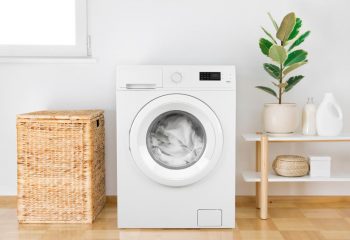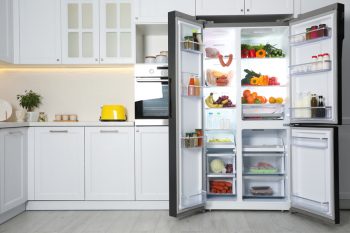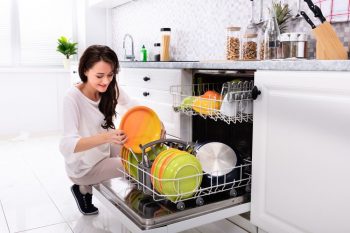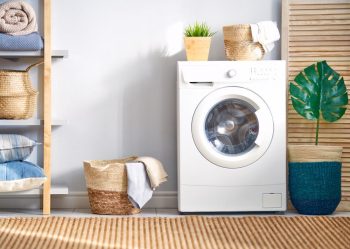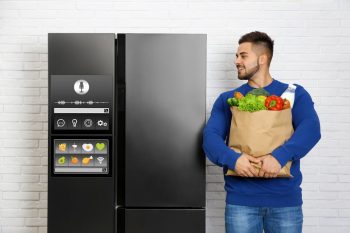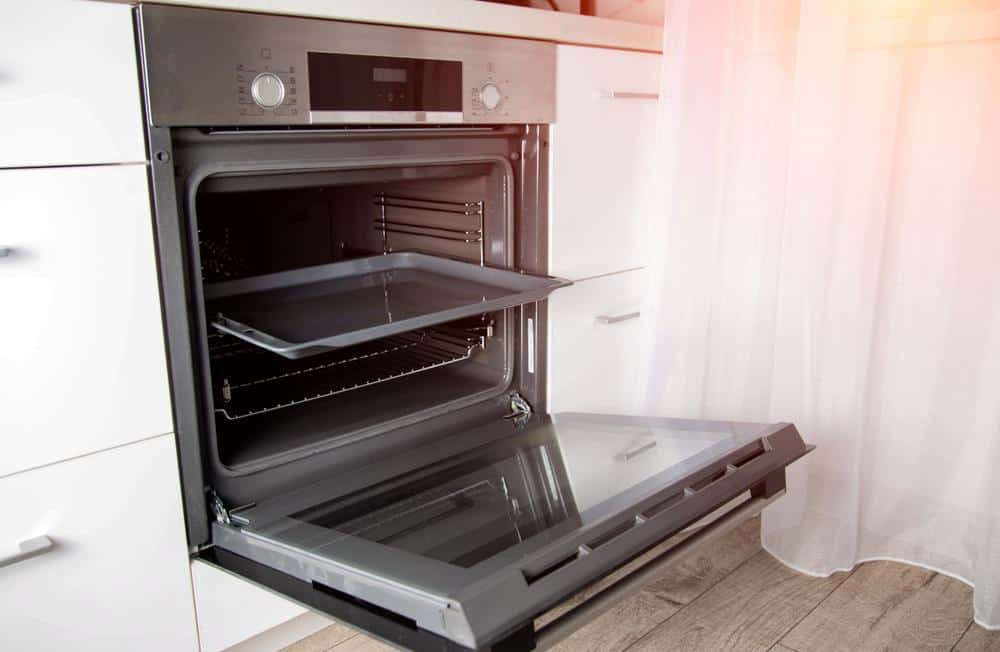
Your oven is an indispensable part of your kitchen, but what do you do when it starts beeping and displaying an F1 error code out of nowhere? This can be a bewildering and frustrating experience, but don’t panic. This comprehensive guide will explain why your oven is behaving this way and provide you with practical solutions to address the problem.
Your oven is beeping and displaying an F1 error code because it’s detecting a fault in its electronic components. This could be due to a control board failure, a damaged keypad, a faulty temperature sensor, or data corruption in the electronic controller. You can try resetting the oven, checking the ribbon connector, inspecting the control board, and checking the temperature sensor to resolve the issue. If the error persists, it’s best to seek professional help.
Understanding the F1 Error Code
The F1 error code generally signifies a fault in the electronic components of your oven. This could be a problem with the control board, the touchpad, or the oven temperature sensor. The F1 error may also indicate data corruption within the oven’s electronic controller or an issue with the oven thermostat. The exact meaning of the F1 error code can vary depending on the brand and model of your oven.
Common Causes of an F1 Error
There are several reasons why your oven might be displaying an F1 error. Here are the most common causes:
- Control board failure: The control board is the brain of your oven, regulating power to the oven elements, initiating self-cleaning, and displaying time and temperature settings. A failure in the control board is one of the most common causes of an F1 error.
- Damaged keypad: The keypad is your main interface with your oven. A damaged or malfunctioning keypad can cause an F1 error.
- Faulty temperature sensor: The temperature sensor monitors the oven’s internal temperature. A faulty sensor can result in incorrect temperature readings, leading to an F1 error.
- Data corruption in the electronic controller: The electronic controller stores the oven’s settings and coordinates its various functions. Data corruption within the controller can cause an F1 error.
Troubleshooting an F1 Error
If your oven is displaying an F1 error, there are several steps you can take to troubleshoot the issue:
- Reset the oven: Try disconnecting the power to the oven for a few minutes, then re-connecting it. This can often clear the error code.
- Check the ribbon connector: The ribbon connector links the electronic range control (ERC) to the touchpad. Disconnecting, cleaning, and reconnecting this connector may resolve the issue.
- Inspect the control board: Look for visible signs of damage or wear on the control board. If necessary, you may need to replace it.
- Check the temperature sensor: Inspect the temperature sensor for signs of damage. If it appears to be faulty, you may need to replace it.
When to Seek Professional Help
If you’ve tried the above steps and your oven is still beeping and displaying an F1 error, it’s time to call in a professional. A trained technician can diagnose the problem more accurately and carry out any necessary repairs or replacements. It’s especially important to seek professional help if you’re dealing with a gas oven, as attempting to fix the problem yourself could be dangerous.
Preventative Maintenance
Preventative maintenance is key to avoiding F1 errors and keeping your oven running smoothly. This includes regularly cleaning your oven, checking for any visible damage or wear, and scheduling regular professional check-ups. By taking good care of your oven, you can extend its lifespan and prevent inconvenient breakdowns.
In conclusion, an F1 error in your oven can be a cause for concern, but it’s usually something that can be fixed with a bit of troubleshooting or professional help. By understanding what causes this error and how to address it, you can get your oven back up and running in no time.
Frequently Asked Questions
How can I identify the control board in my oven?
The control board is usually found at the top of the oven, behind the digital clock. It’s a circuit board that controls the electrical functions of the oven. If you’re having trouble locating it, refer to your oven’s manual or do a quick online search with your oven’s model number.
How often should I schedule a professional check-up for my oven?
It’s recommended to have your oven professionally inspected at least once a year. Regular check-ups can help detect and fix potential issues before they become major problems.
Can I replace the control board or temperature sensor myself?
While it’s possible to replace these components yourself if you’re handy and comfortable with electrical appliances, it’s often safer and more effective to hire a professional. Mistakes in installation can lead to more issues or even pose a safety risk.
What other error codes should I be aware of?
Different oven models have various error codes, each indicating a specific problem. Some common ones include F2 (overheating), F3/F4 (open or shorted oven temperature sensor), and F7 (stuck function key). Always refer to your oven’s manual or the manufacturer’s website for a complete list of error codes and their meanings.
How can I prevent data corruption in the electronic controller?
To prevent data corruption, avoid abruptly cutting power to the oven. Use the oven’s proper shut-down process as described in its manual. Additionally, power surges can cause data corruption, so using a surge protector can also help.

